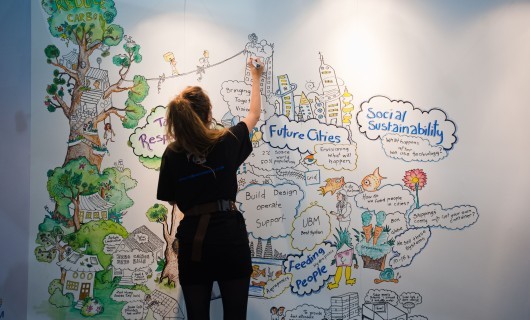
An Introduction to Social Return on Investment
Consumers today are becoming increasingly conscientious. Their focus has shifted towards brands and businesses which are purposeful, socially responsible and create value for the wider social good, which is why Social Return on Investment is about to become your new best friend.
More +




